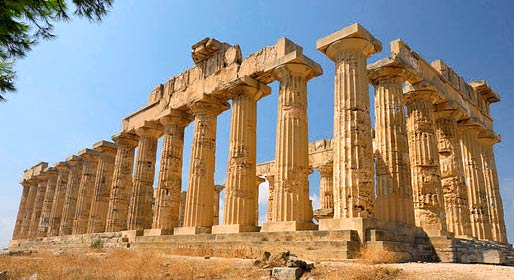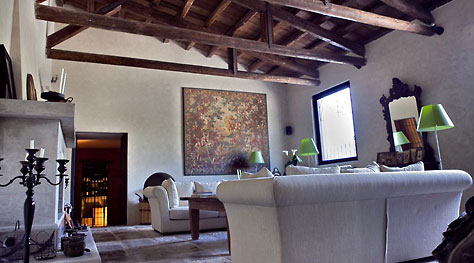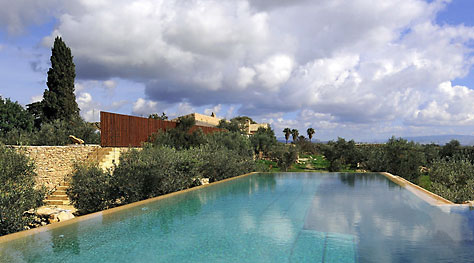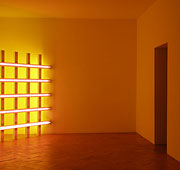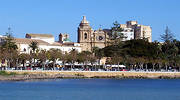Selinunte: city of gods
Learning the ABC of archaeology, in Sicily
Spellbound 18th century travelers, on the Sicilian leg of the Grand Tour, referred to Selinunte as the City of the Gods.
Temple times
Selinunte, the name of which derives from "sèlinon", Greek for wild parsley, is the largest archeological park in Europe. The quantity of ruins is not the only reason why visitors flock to the site; the park's position, on the hills overlooking the southwest coast of Sicily, is great part of the attraction too.
In the municipality of Castelvetrano, close to the mouth of the river Modione, Selinunte was founded by Ancient Greek colonies in the second half of the 7th century B.C.
The impressive size of the temples and the other archeological remains testify to the city's past prosperity, which was the product of a fertile land and a sea rich in fish
The growing power of Selinunte resulted in conflict with its non-Hellenic neighbors, the most bellicose of which was Segesta. Selinunte was finally quashed by Segesta, with the aid of the Carthaginians, in 409 B.C.
Archeological alphabet
Due to the uncertainty regarding the deities worshipped in each edifice, today the ancient temples are identified, surprisingly unimaginatively, using letters of the alphabet.
Selinunte was divided into four parts, the most imposing being the Acropolis which was built on a chalky plain directly above the sea and protected by fortifications guarding both the houses of worship and the civic buildings. Today the area is dominated by the ruins of temple "C", which has become the symbol of the archeological park.
The city itself developed on the hill of Manuzza. The three temples ("E","F" and "G") were erected on the hill to the east. Temple "G" is one of the largest sacred buildings of the ancient world and its ruins cover a staggering 6000sqm.
One of the columns, hoisted back to its original vertical position in the 19th century, is known locally as the "old woman's spindle" ("lu fusu di la vecchia")
Following the course of the river, visitors come to the sacred area, the so-called Malophoros Sanctuary, thought to have been dedicated to Demetra, the goddess of the harvest.
Work in progress
Less well known, but still more than worth visiting, the Cave di Cusa are situated just ten kilometers away from the Selinunte archaeological park. These were the quarries that supplied the great chunks of stone used to build Selinunte's temples.
Some 24 centuries later, the site still conserves the appearance of an open air factory, in which the various phases of extraction are illustrated. Cylindrical blocks were extracted and transported on carts to the building site where the stone masons then perfected them.
A 40 columned crowd puller
After visiting the park, archaeology buffs can continue their journey back in time, travelling the 50kms or so to reach Segesta, a city founded by the Elymians, one of the three indigenous peoples of Sicily, and the arch rival of Selinunte.
Here, on the summit of the hill, there are the remains of a 40 columned Doric temple and a theater, built in the late 3rd century B.C, which had a capacity for up to four thousand spectators.
In the summer, the theater is used to stage Greek dramas, dance performances and concerts
Parco archeologico di Selinunte
Castelvetrano (Trapani)
Tel: +39 0924 46540 / 0924 46277Open all year from 9.00hrs to 17.00hrs
Art
Main destinations
Hotels in the area
- Useful links
- Sicily
- Mazara del Vallo Hotels
- Sciacca Hotels
- Sicily (all hotels)

